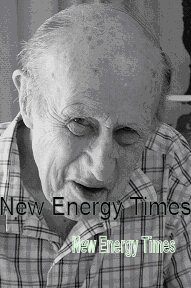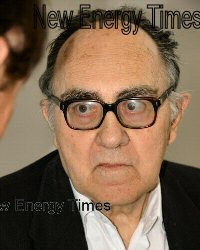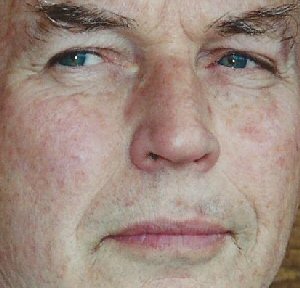
John O’Mara Bockris
July 10, 2013 – By Steven B. Krivit –
John O’Mara Bockris died July 7 of a heart attack after a 20-year battle with cancer. He was 90. Bockris was a giant in low-energy nuclear reaction research and even more so in the general field of electrochemistry.
The tritium discovered by the Bockris group, along with tritium discovered at the Bhabha Atomic Research Centre in India, was the first nuclear evidence that established LENR as a de facto nuclear process.
His friend and longtime assistant Trish Schulz wrote to New Energy Times on July 7.
"Dr. B. has had an impact on all of our lives, and he will be missed by many," Schulz wrote. "He was loved and cared for greatly by my family, and we shall miss him."
A memorial service is tentatively planned for September. Schulz updated the Wikipedia page for Bockris on July 8, and it is an excellent reference for him and his life’s work. New Energy Times has preserved a PDF copy of that page; it is accessible from our own Bockris Web page.
New Energy Times also has a detailed collection of reference material that chronicles Bockris’ courageous stance and fight for academic freedom at this Web page.





